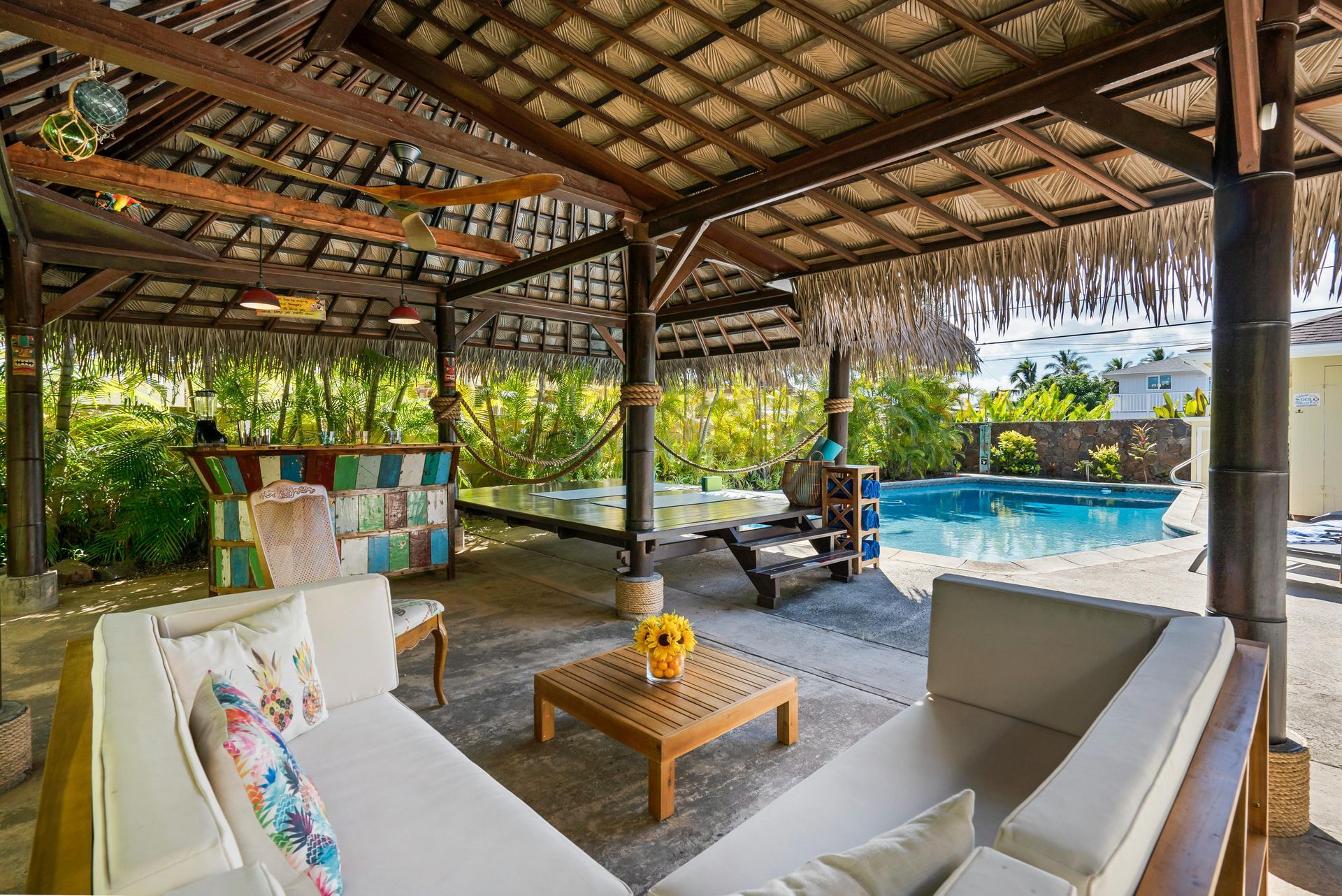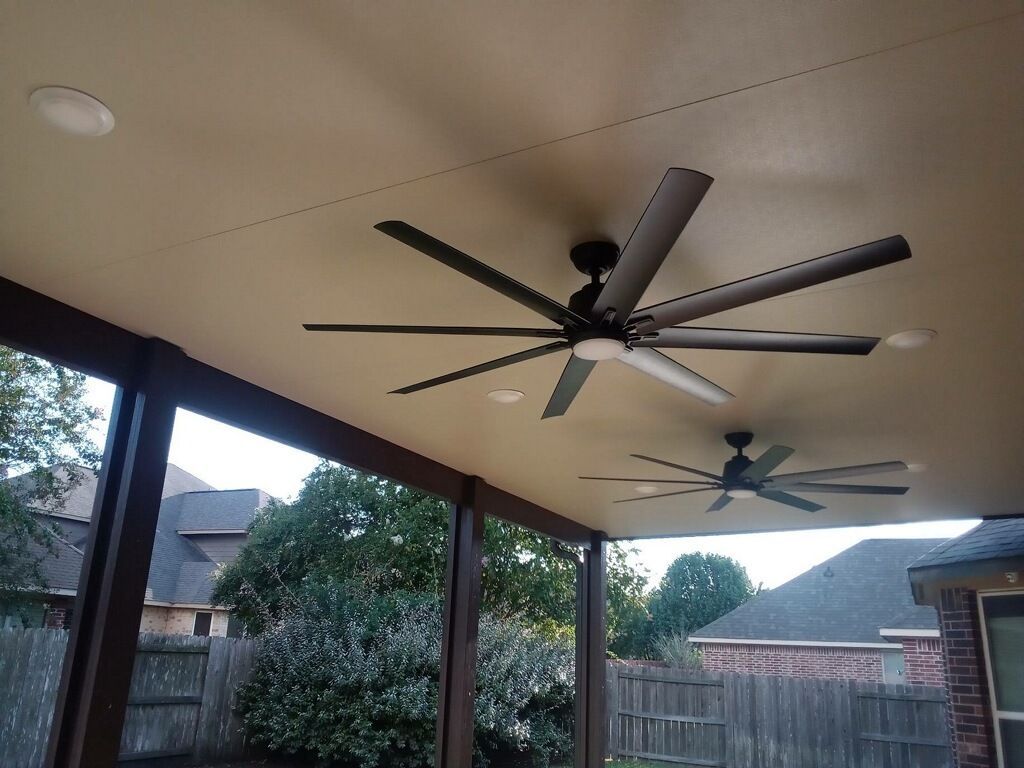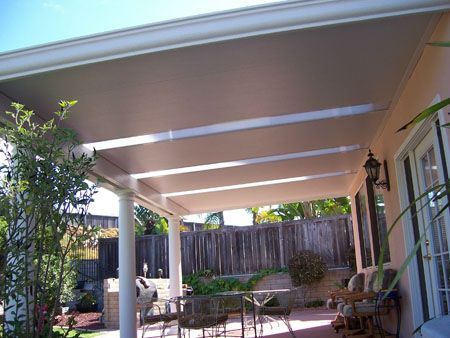Understanding Screen Rooms
Screen rooms are versatile outdoor spaces enclosed with mesh screens that offer protection from insects and debris while allowing fresh air and natural light to flow in. They come in various styles, sizes, and materials, catering to different needs and preferences. From standalone structures to extensions of your existing patio, screen rooms can transform your outdoor area into a functional and comfortable living space. They provide a unique blend of indoor comfort and outdoor ambiance, making them a popular choice for homeowners seeking to maximize their living area.
Screen rooms in Katy or Cypress can be customized to fit seamlessly with the existing architecture of your home, creating a harmonious transition from indoor to outdoor spaces. They are particularly beneficial in areas with a warm climate, allowing you to enjoy the outdoors without being exposed to excessive heat or pests. Moreover, screen rooms can be adapted for multiple uses, such as dining areas, playrooms, or even home offices, offering flexibility and convenience for modern living.
Benefits of Screen Rooms
- Enhanced Comfort: Screen rooms provide a comfortable space to enjoy the outdoors without the hassle of bugs or harsh weather conditions. They create a serene environment where you can relax, entertain, or simply enjoy the beauty of nature without leaving the comfort of your home. The screens act as a barrier against insects, making outdoor dining and gatherings more enjoyable.
- Increased Home Value: Adding a screen room can increase your home's resale value by expanding the living area and enhancing its appeal. Potential buyers often view screen rooms as a desirable feature, appreciating the additional space and versatility they offer. A well-designed screen room can set your home apart in the real estate market, making it a worthwhile investment.
- Versatile Use: Whether you want a play area for kids, a space for entertaining guests, or a quiet spot for relaxation, a screen room can meet various needs. The adaptability of screen rooms allows you to tailor the space to your lifestyle, ensuring it serves its purpose effectively. From hosting family gatherings to enjoying a peaceful evening alone, a screen room can accommodate a wide range of activities.
- Improved Aesthetics: With the right design, a screened porch in Houston and surrounding areas can complement your home's architecture and landscaping. It can serve as a stylish extension of your living space, enhancing the overall visual appeal of your property. By choosing materials and designs that harmonize with your existing décor, you can create a cohesive and attractive outdoor area.
Key Considerations When Choosing a Screen Room
When selecting the perfect screen room for your home, consider the following factors:
Location and Climate
The climate in Conroe, Pearland, Austin and League City can influence your choice of materials and design. In areas with high humidity or heavy rainfall, opting for weather-resistant materials is crucial. Consider the sun's direction and the prevailing wind patterns in your area to maximize comfort and usability. It's also important to think about how the screen room will integrate with your existing outdoor space, taking advantage of natural views and sunlight.
Additionally, the location of your screen room should align with your lifestyle needs. For instance, a screen room adjacent to the kitchen might be ideal for dining, while one near a garden could serve as a tranquil retreat. By carefully considering these factors, you can ensure your screen room is both functional and enjoyable year-round.
Size and Layout
The size and layout of your screen room should align with your available outdoor space and intended use. Measure your area accurately and consider how the screen room will connect to your home. Whether it's a small balcony or a large backyard, ensure the screen room design complements your existing structure. Think about the flow of movement between indoor and outdoor spaces to maintain a seamless transition.
Consider the furniture and features you want to include in your screen room, such as seating arrangements, tables, or even a built-in grill. Adequate planning of the layout will ensure the space is both functional and aesthetically pleasing. By tailoring the size and layout to your specific needs, you can create a screen room that enhances your lifestyle and meets your expectations.
Material and Durability
Screen rooms can be constructed from various materials, each offering different levels of durability and maintenance requirements. Common materials include:
- Aluminum: Lightweight, rust-resistant, and low-maintenance, aluminum is a popular choice for screen room frames. Its sleek appearance and durability make it an ideal option for modern designs.
- Wood: Offers a natural and warm aesthetic, but requires regular maintenance to prevent rot and insect damage. Wood can add charm and character to your screen room, particularly if your home has a traditional design.
- Vinyl: Durable and available in various colors, vinyl is resistant to weathering and requires minimal upkeep. It provides flexibility in design and can mimic the appearance of other materials at a lower cost.
Choose materials that suit your climate and personal preferences to ensure longevity and functionality. It's important to weigh the pros and cons of each material, considering factors like budget, maintenance, and compatibility with your home's style.
Style and Design
The design of your screen room should reflect your personal style and complement your home's architecture. Consider elements such as roof style, color scheme, and additional features like ceiling fans or lighting. Customizing these aspects will create a cohesive look that enhances your home's overall appearance. The design should also take into account practical considerations, such as ventilation and the amount of natural light you wish to allow in.
Incorporate decorative elements that align with your taste, such as potted plants, outdoor rugs, or artwork, to make the space inviting and personal. By carefully selecting design features, you can create a screen room that not only meets your functional needs but also serves as an extension of your personal style.
Budget
Establishing a budget is vital when planning your screen room project. Costs can vary depending on the size, materials, and complexity of the design. Obtain quotes from multiple contractors in Conroe, Pearland, and League City to compare prices and ensure you stay within your budget. It's important to balance quality with cost, ensuring you get the best value for your investment.
Consider potential additional costs, such as permits, landscaping adjustments, or furniture, when setting your budget. By planning financially, you can avoid unexpected expenses and ensure a smooth construction process, resulting in a screen room that fits both your needs and your financial plan.
Finding the Right Contractor
Hiring a reputable contractor is crucial for the successful construction of your screen room. Follow these steps to find the right professional:
Research and Recommendations
Start by researching local contractors specializing in screen rooms. Ask friends, family, or neighbors for recommendations based on their experiences. Online reviews and testimonials can also provide valuable insights into a contractor's reliability and workmanship. Engaging with community forums or local social media groups can be an excellent way to gather unbiased opinions and suggestions.
Don't hesitate to reach out to contractors with specific questions about their services and experience. This initial interaction can help gauge their professionalism and willingness to accommodate your needs. A contractor who communicates clearly and promptly is likely to be reliable throughout the project.
Verify Credentials
Ensure the contractor you choose is licensed, insured, and bonded. Verify their credentials and check for any complaints or disciplinary actions against them. This step protects you from potential liabilities and ensures the contractor meets industry standards. Professional affiliations and certifications can further indicate a contractor's commitment to quality and ethical business practices.
Additionally, ask for references from previous clients and contact them to inquire about their experiences. First-hand accounts can provide valuable insights into a contractor's reliability, work quality, and customer service. Trust your instincts and choose a contractor who gives you confidence in their ability to deliver a successful project.
Request Quotes and Compare
Contact multiple contractors to request detailed quotes for your project. Compare the quotes, taking into account the scope of work, materials used, and estimated timeline. Avoid choosing solely based on price; instead, consider the overall value and quality of work offered. A detailed quote should include all aspects of the project, from materials and labor to any potential additional costs.
It's also wise to ask about the contractor's warranty or service guarantees, as these can provide peace of mind and protect your investment. By thoroughly comparing proposals, you can select a contractor who offers the best combination of quality, service, and price.
Review Past Projects
Ask potential contractors for a portfolio of their past screen room projects. Reviewing their previous work will give you an idea of their expertise and design capabilities. Look for projects similar to your vision to ensure they can meet your expectations. A diverse portfolio demonstrating a range of styles and designs can indicate a contractor's versatility and creativity.
Take the opportunity to visit completed projects if possible, as this can provide a clearer sense of the contractor's workmanship and attention to detail. Seeing their work in person can help you make a more informed decision and ensure your chosen contractor aligns with your vision.
Maintaining Your Screen Room
Once your screen room is complete, regular maintenance is essential to keep it in top condition. Here are a few tips:
- Clean the Screens: Gently clean the screens with a soft brush or vacuum to remove dirt and debris. Avoid using harsh chemicals that could damage the material. Regular cleaning will ensure your screen room remains an inviting and enjoyable space.
- Inspect for Damage: Periodically check for any signs of wear and tear, such as loose frames or torn screens. Address any issues promptly to prevent further damage. Regular inspections can help you catch problems early and avoid costly repairs down the line.
- Protect from Weather: During extreme weather conditions, ensure that your screen room is adequately protected. Secure loose items and consider installing weather-resistant covers if needed. Taking preventative measures will help maintain your screen room's integrity and prolong its lifespan.
- Seasonal Maintenance: Perform seasonal maintenance tasks, such as checking the condition of the roof and frames, to ensure your screen room remains in optimal condition. Regular upkeep will help you enjoy your screen room year-round without interruption.
Conclusion
Choosing the right screen room for your home in Conroe, Pearland, or League City involves careful consideration of various factors, from materials and design to budget and contractor selection. By understanding your needs and preferences, you can create a beautiful and functional outdoor space that enhances your lifestyle and adds value to your home. With the right planning and attention to detail, a screen room can be a delightful addition to your living space.
Screen rooms offer an excellent opportunity to blend the comfort of indoor living with the refreshing aspects of the outdoors. By taking the time to plan and execute your screen room project thoughtfully, you can enjoy a versatile and aesthetically pleasing space that complements your home and meets your needs. Whether you're seeking relaxation, entertainment, or simply a bug-free outdoor experience, a well-designed screen room can transform your home into a haven of comfort and style.
You might also like



Ready to start your project?
We proudly serve the Greater Houston area, including Cypress, Conroe, League City, Sugar Land, and Katy. No matter where you are, Lone Star Patio Builders is ready to transform your outdoor space. Our team is familiar with local building codes and regulations, ensuring a smooth and hassle-free construction process.
Location
By appointment only
3724 Cypress Creek Pkwy
Houston, Texas 77068
All Rights Reserved | Lone Star Patio Builders | Privacy
